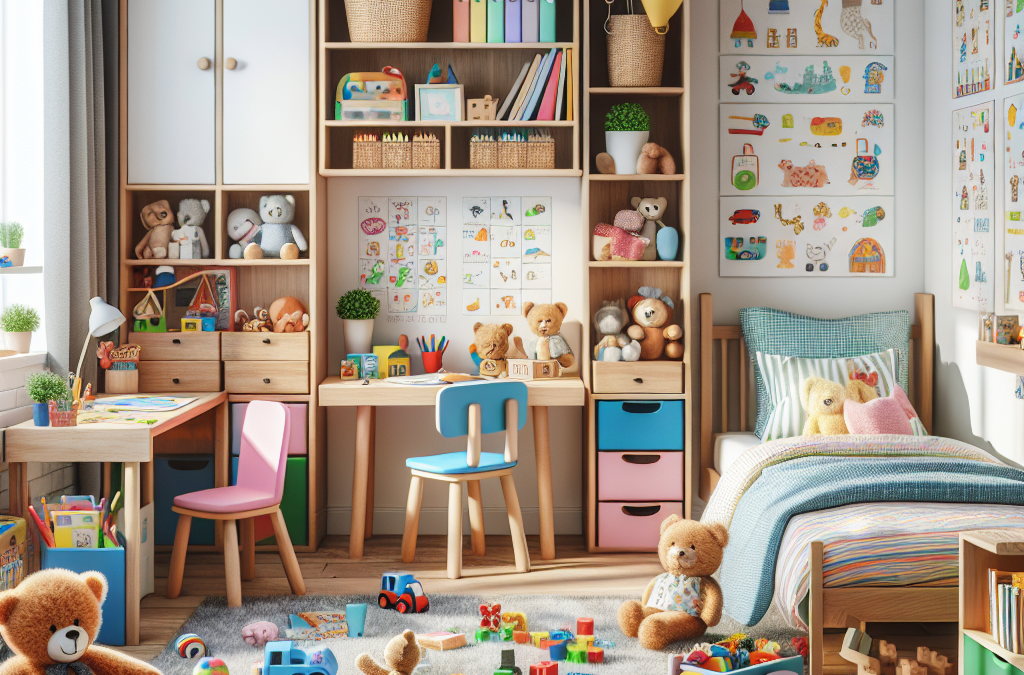Title: Designing the Perfect Interior for a Child’s Bedroom: A Comprehensive Guide
In the world of interior design, there’s nothing quite as fun and liberating as designing a child’s bedroom. With creativity and imagination at the forefront, this task presents an opportunity to cultivate an exciting and stimulating environment that promotes growth and learning.
The first step of designing a child’s bedroom is understanding the child’s needs, interests, and personality. Some children might love things that are upbeat and colorful, while others might prefer a space that’s comforting and neutral. Importantly, the room’s design should reflect the child and be a space where they feel secure, happy, and inspired.
1. Color Scheme
Color significantly impacts mood, making it a critical aspect of interior design. Bright and vibrant colors like yellow, red, and green stimulate energy and creativity, making them excellent choices for a child’s room. However, softer hues like blue, purple, or grey, promote relaxation and can be calming. A combination of both could strike the balance between stimulation and tranquility, meeting different needs at different times of the day.
2. Space Utilization
A child’s bedroom often serves multiple functions—it’s a place to sleep, a study area, and a playground. Therefore, it’s essential to optimize the layout for these different activities. A distinct workspace with well-lit, clutter-free desk promotes focus and productivity, while a play area with storage options for toys ensures the room remains tidy. With smaller rooms, multifunctional furniture like loft beds with a desk or storage underneath can optimize space.
3. Safety
Safety should be a priority in any child’s bedroom design. Measures should include secure windows, non-slip flooring, safe furniture (without sharp edges), and secure storage for toys and other items. Additionally, limit loose cables or cords that children can accidentally trip over.
4. Creative Elements
Integrating creative elements into a child’s room can stimulate their imagination and make the room fun and inviting. This could include wallpaper with their favorite characters, an art corner filled with crafting supplies, or wall decals that are both decorative and educational, like world maps or colorful alphabets.
5. Storage
Adequate storage is key to maintaining a neat and organized children’s room. Built-in cupboards, under-bed drawers, and floating shelves are space-saving storage solutions. Regularly arranging and decluttering the room with your child also teaches them the importance of organization.
6. Lighting
Proper lighting is crucial in a child’s room. A room should have access to natural light and ventilation. Additionally, different artificial lighting for different areas—like bright lights for study areas and dim lights near the bed—should be installed.
Designing a child’s bedroom can be a delightful experience with thoughtful planning. In addition to being visually appealing, the room should also be pragmatic and personalized, reflecting the child’s individuality while fostering their growth and development. |
Professional support from interior designers and child psychologists can be beneficial in striking the perfect harmony between style, playfulness, and functionality. With the right approach and attention to detail, a child’s bedroom can indeed be transformed into a personal sanctuary where dreams come true.

